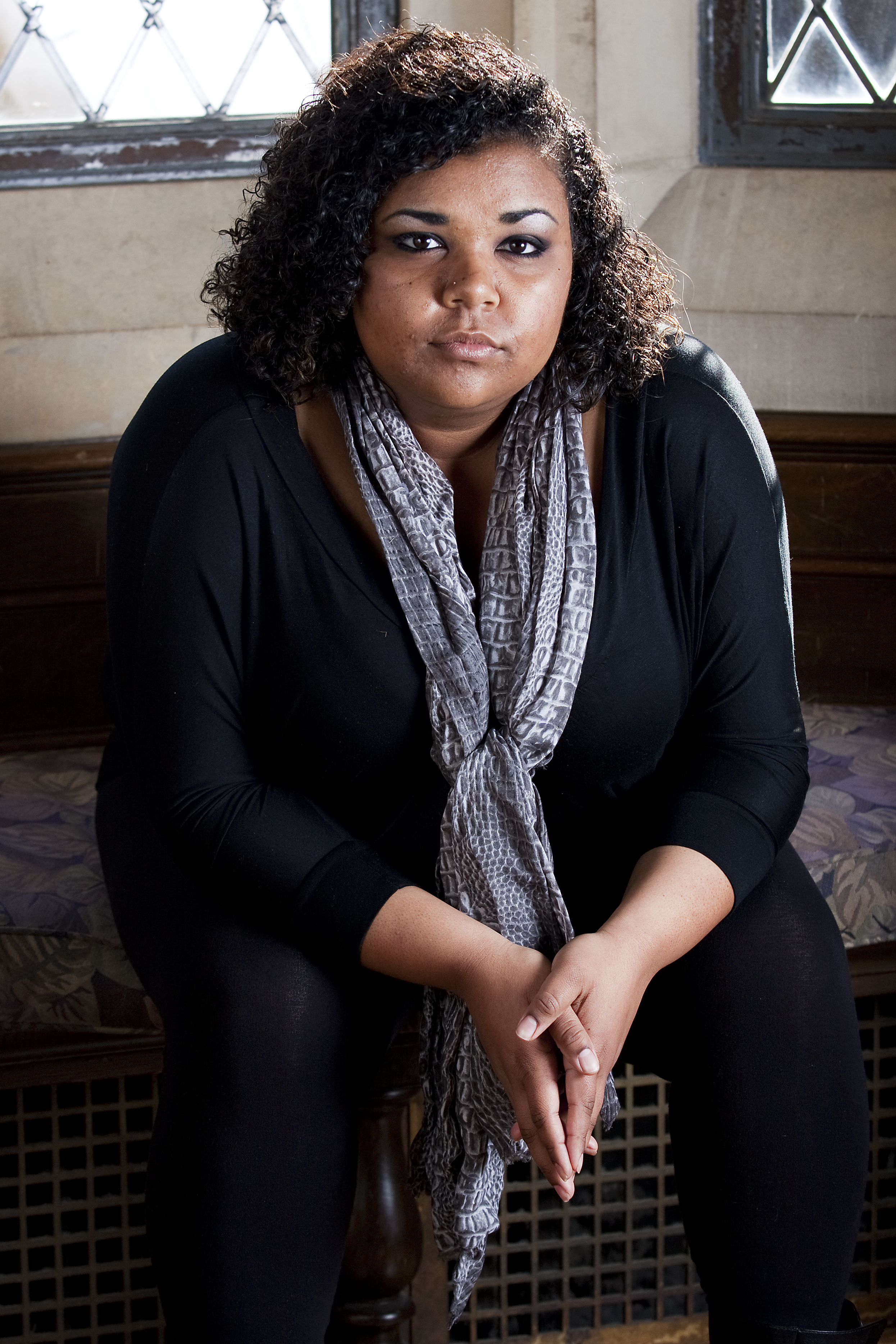Mary Trejo pays for her daughter’s eye care, dental bills and trips home to Sunnyvale, Calif.
But that’s where Trejo’s financial contributions end for her daughter Maryssa Hall, a second-year political science student at UCLA.
In the UC system, Hall qualifies for the Blue and Gold Opportunity Plan ““ a guarantee that if an undergraduate student’s family income is less than $80,000, tuition will be covered through a combination of scholarships and state and national grants.
The UC established the plan in 2009 to make the financial aid process easier for prospective low-income students, said Kate Jeffery, director of student financial support for the UC Office of the President.
The plan started out by covering tuition for families with a $60,000 or lower family income, but has since risen in $10,000 increments each year as tuition has increased.
The second child of three and raised mostly by a single mother, Hall knew that if she wanted to go to college, she’d have to pay for it herself.
The real world struck Hall earlier than most. She learned the basics of budgeting early, when she was in elementary school and her parents divorced.
Then Trejo had to cash out the 529 plans she had set up for Hall and her brother to help pay for legal fees during her second divorce. A 529 plan is a savings plan parents can set up for their children’s college education. Apart from that, money’s always been tight.
The early training helps Hall now, though. She’s tightfisted and doesn’t understand the logic of impulse buying.
“I can’t just walk into a store and buy something,” Hall said. “I sit on it for two weeks. Then if I still want to buy it, I’ll go back. Hopefully it’s on sale by then.”
Trejo was injured on her job in March ““ for 27 years, she worked at a juvenile hall part time, without benefits, but broke her hand and knee during a self-defense training session. Multiple surgeries later, she relies mostly on workers’ compensation, and there is no guarantee when she’ll be able to return to work.
“I would love to be able to do more for (Maryssa),” Trejo said. “We swap clothes just to have new clothes.”
At 17, Trejo left her home and paid her way through two years of community college before transferring and graduating from a state school, working two jobs the entire time and paying $300 a month for rent to avoid graduating with student loans.
Trejo helped her own mother out financially, too, when she could.
Trejo said she never even considered attending a college that she could not afford, or even sending her children to one.
Hall’s older brother is following his mother’s path ““ living at home, attending community college and bringing home part of his paycheck every week.
So while Trejo commends Hall’s ambition and independence, UCLA isn’t the track she would have chosen for her daughter.
“I’ve worked since I was 12 years old,” Trejo said. “I focused on getting through school … (but) it wasn’t like Maryssa where it’s fun.”
Hall, however, determined early on that she wanted to attend a four-year university.
She took community college classes one summer in high school, and said the environment wasn’t right for her. She wanted the networking and prestige that comes with a degree from a highly ranked college and the four-year experience her mother rejected.
So she worked hard enough to maintain grades and activities that would help get her to enroll in a four-year university.
Hall thought her best bet would be a private school that would give her a scholarship. But when acceptances rolled around, it turned out that private schools offered more money, but covered less of the overall cost than UC financial aid would.
Blue and Gold coverage helps Hall immensely, but she still lives paycheck to paycheck to pay for things like school supplies and books, she said.
Living and other expenses aren’t included in the plan, though other financial aid opportunities, like loans and work study, can help with those costs, Jeffery said.
While Hall has a work-study job with $1,000 worth of hours guaranteed per academic year as part of her financial aid package, she estimates that she’ll graduate UCLA between $30,000 and $40,000 in debt. She could complete her degree next year, but she wants to stay four years to get a full college experience, so she’s picking up a second minor.
Hall said she considers her education a break from the real world ““ she spent her life before coming to UCLA supporting her mother, and will keep working afterward as an advocate for causes she finds important, like higher education funding. After graduation, she wants to go to law school, which will only add to her loans.
But Hall’s all right with that ““ she wants to go to law school so she can hold more weight as an advocate.
She also wants to make sure she can help out with her 8-year-old sister’s education down the line.
“I always consider an education as me investing in myself,” Hall said.
“I consider that a pretty safe investment.”
